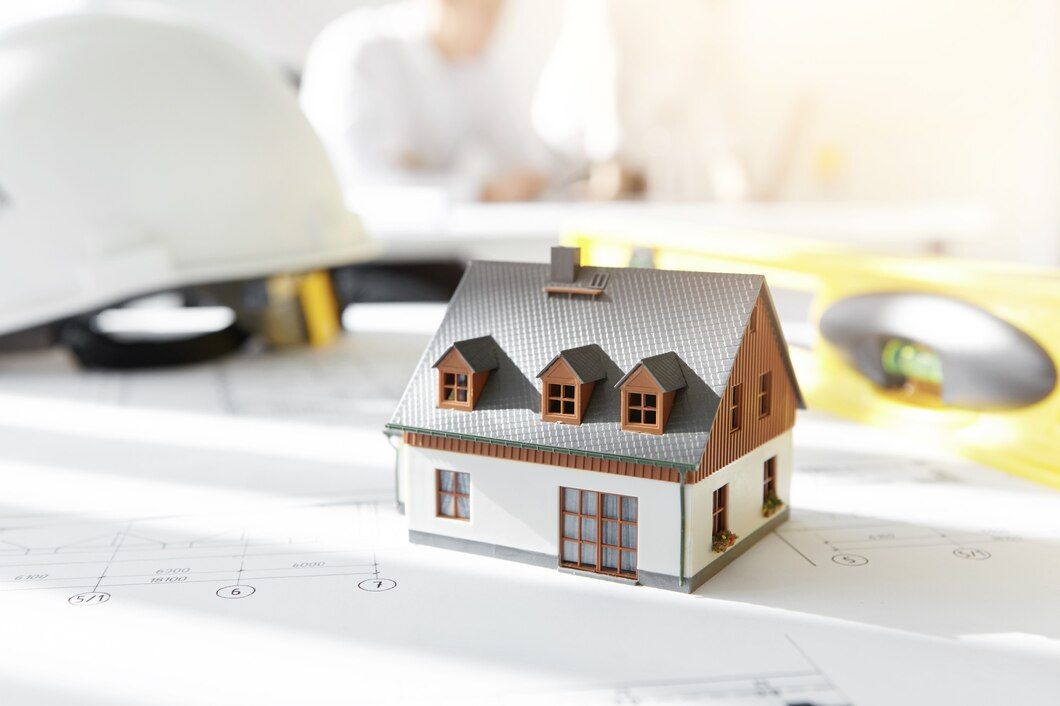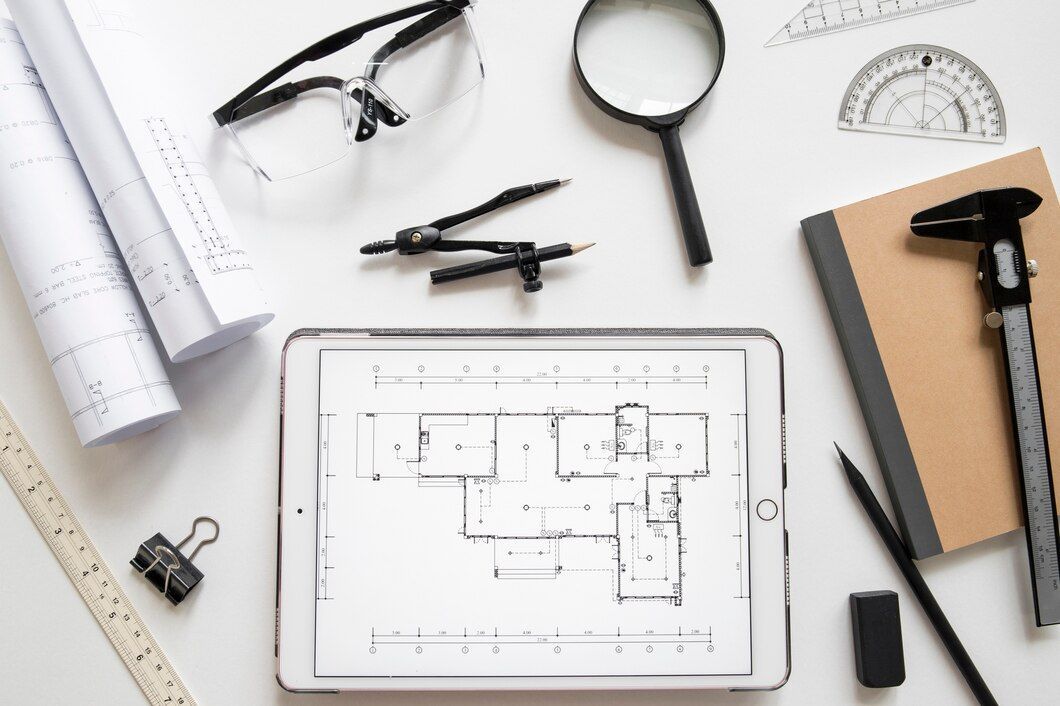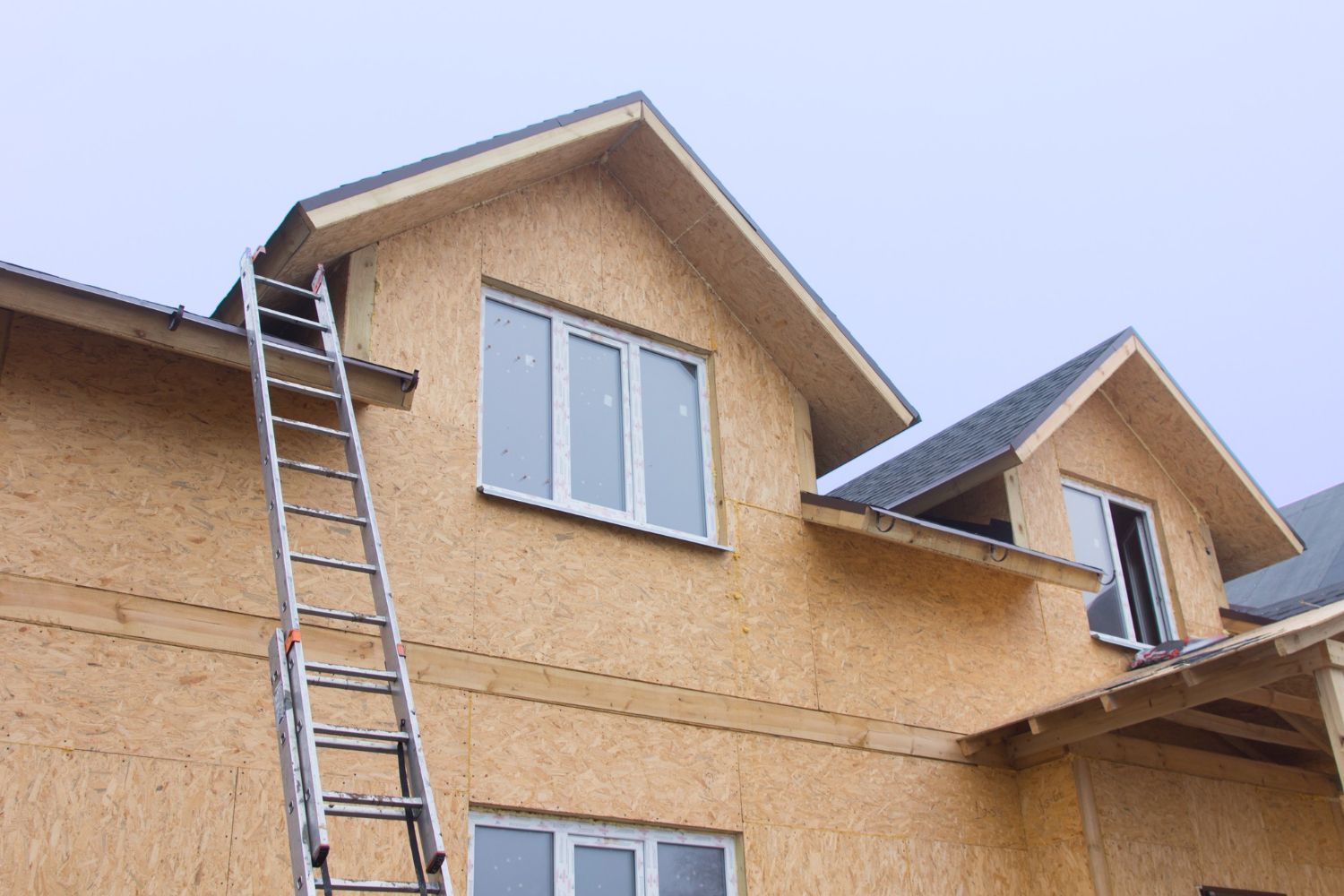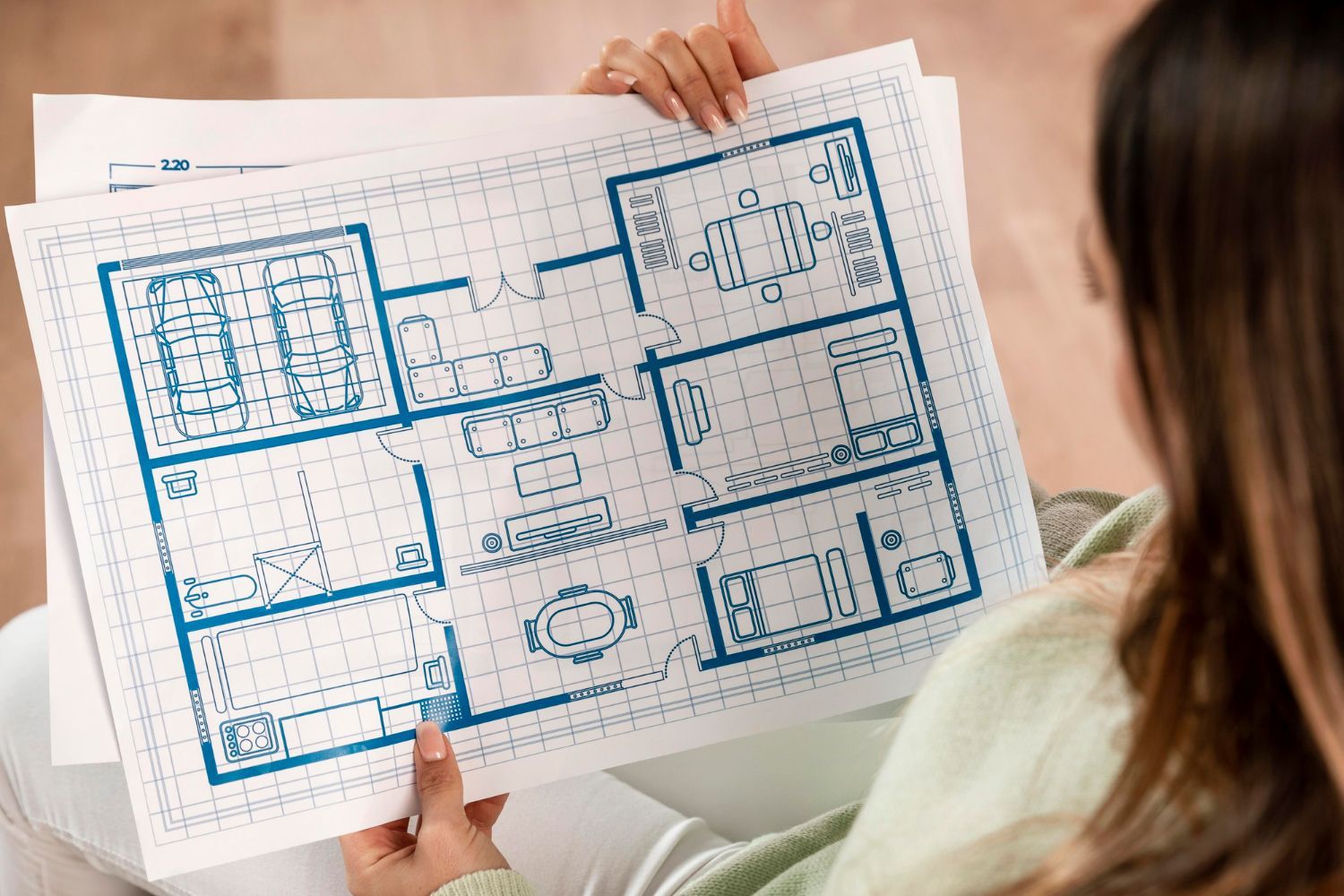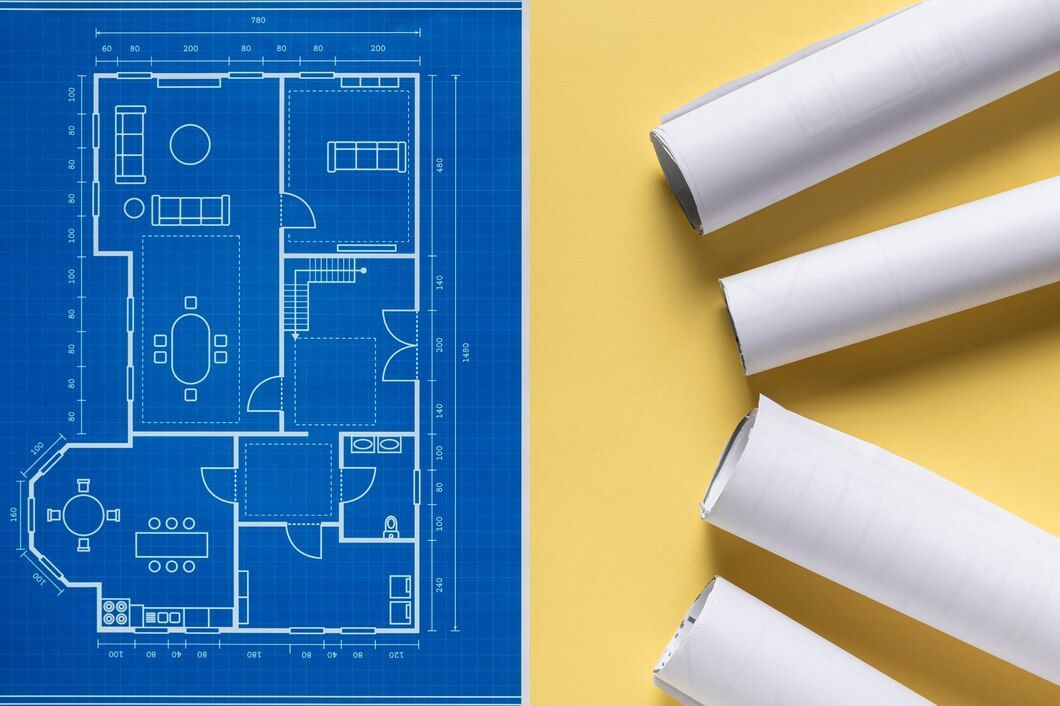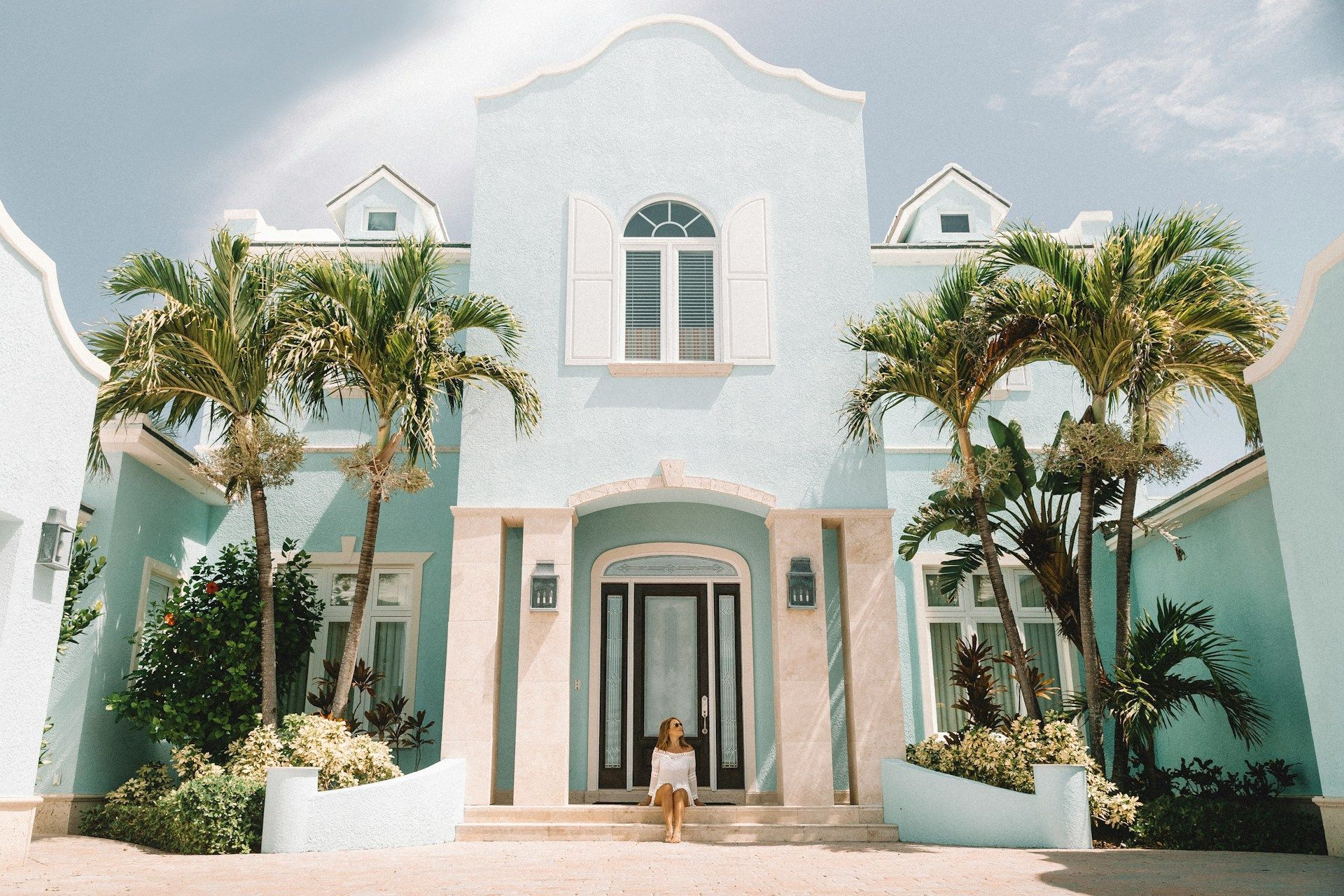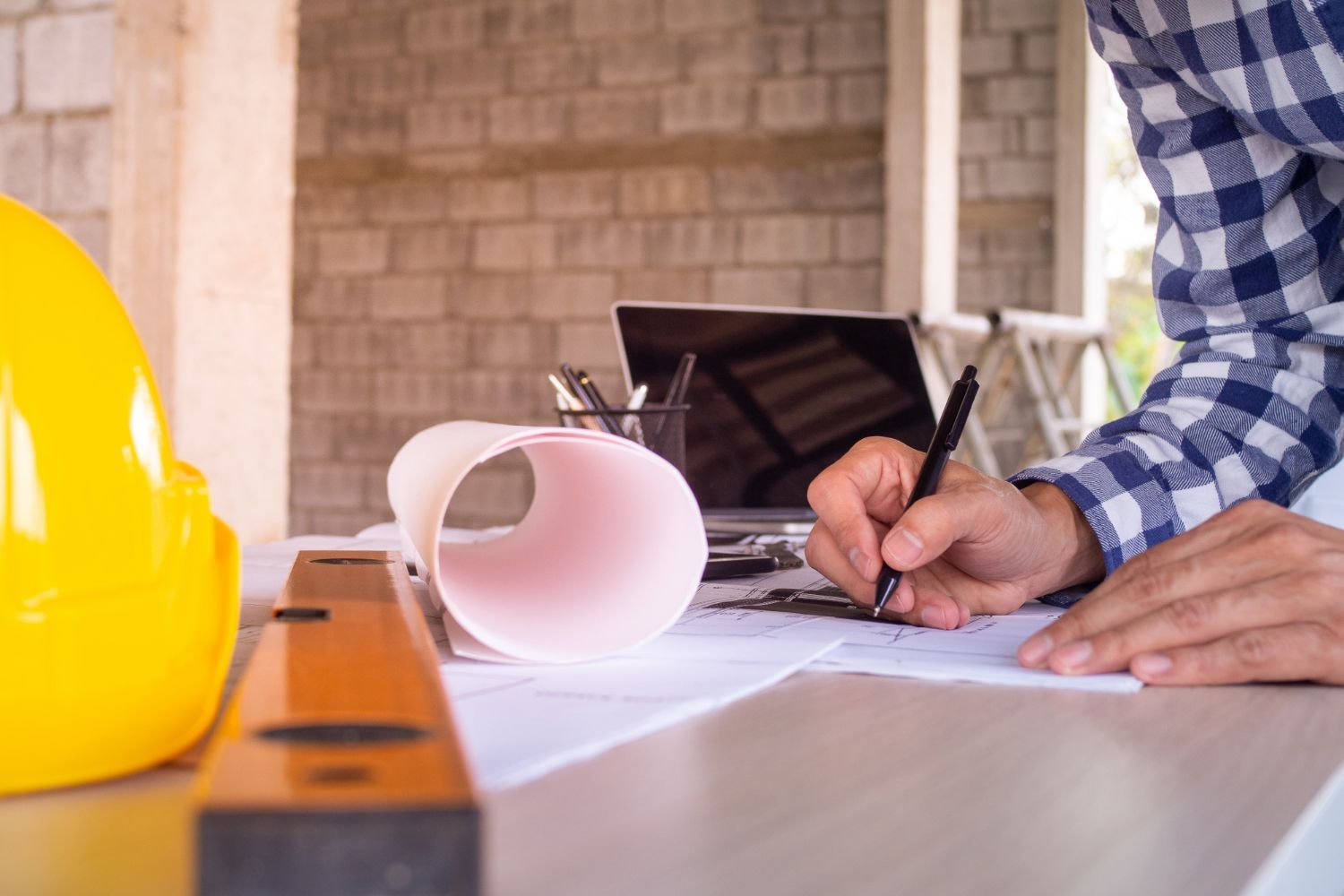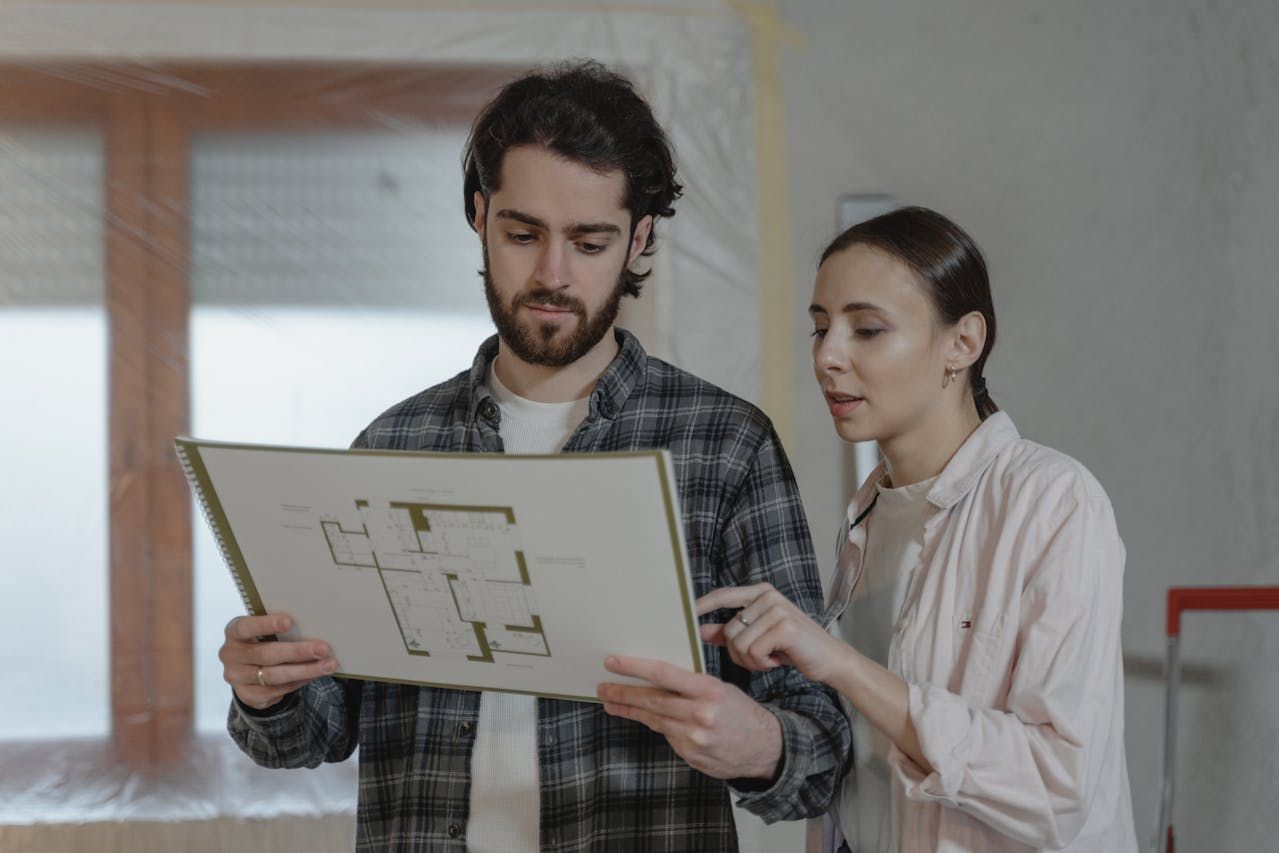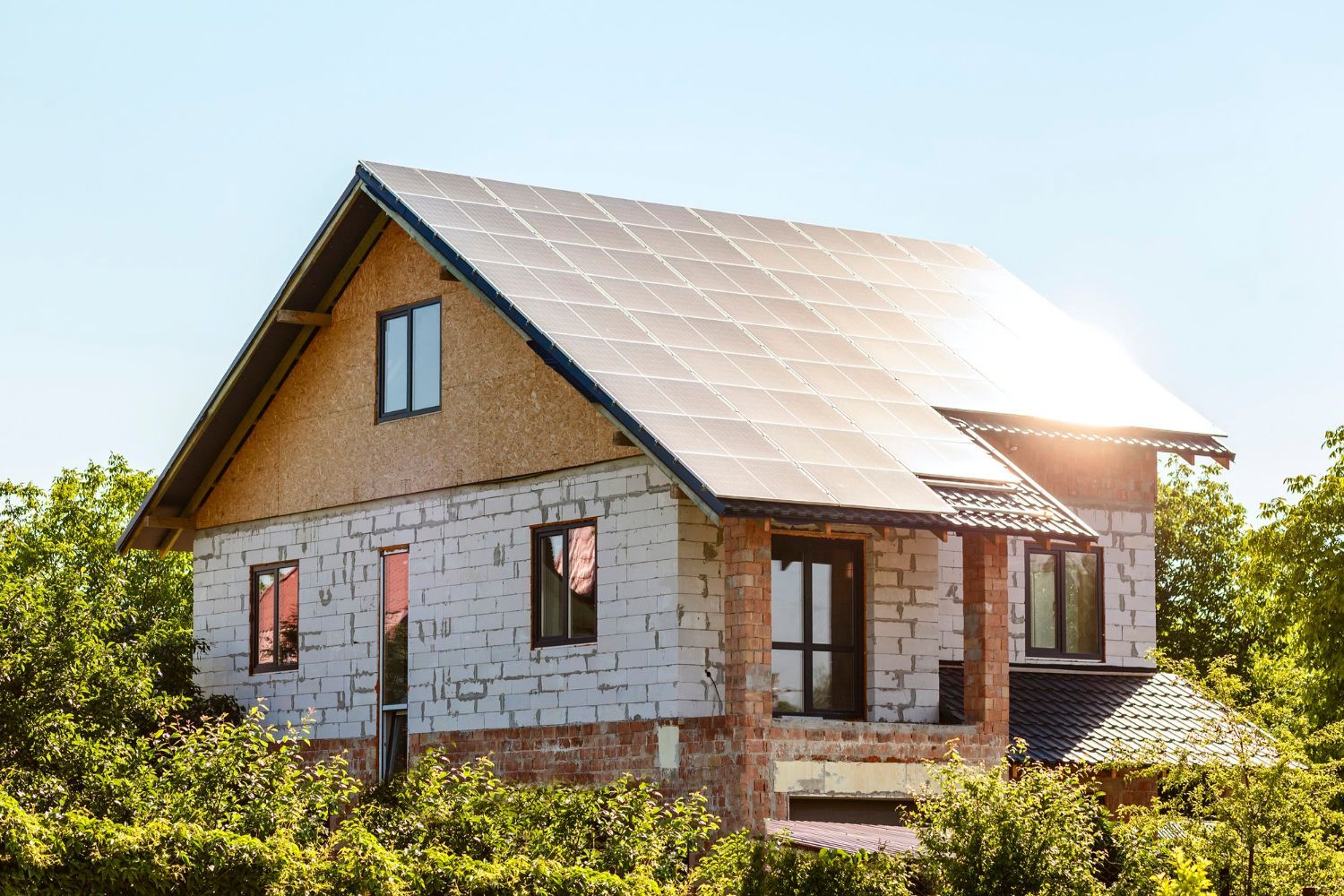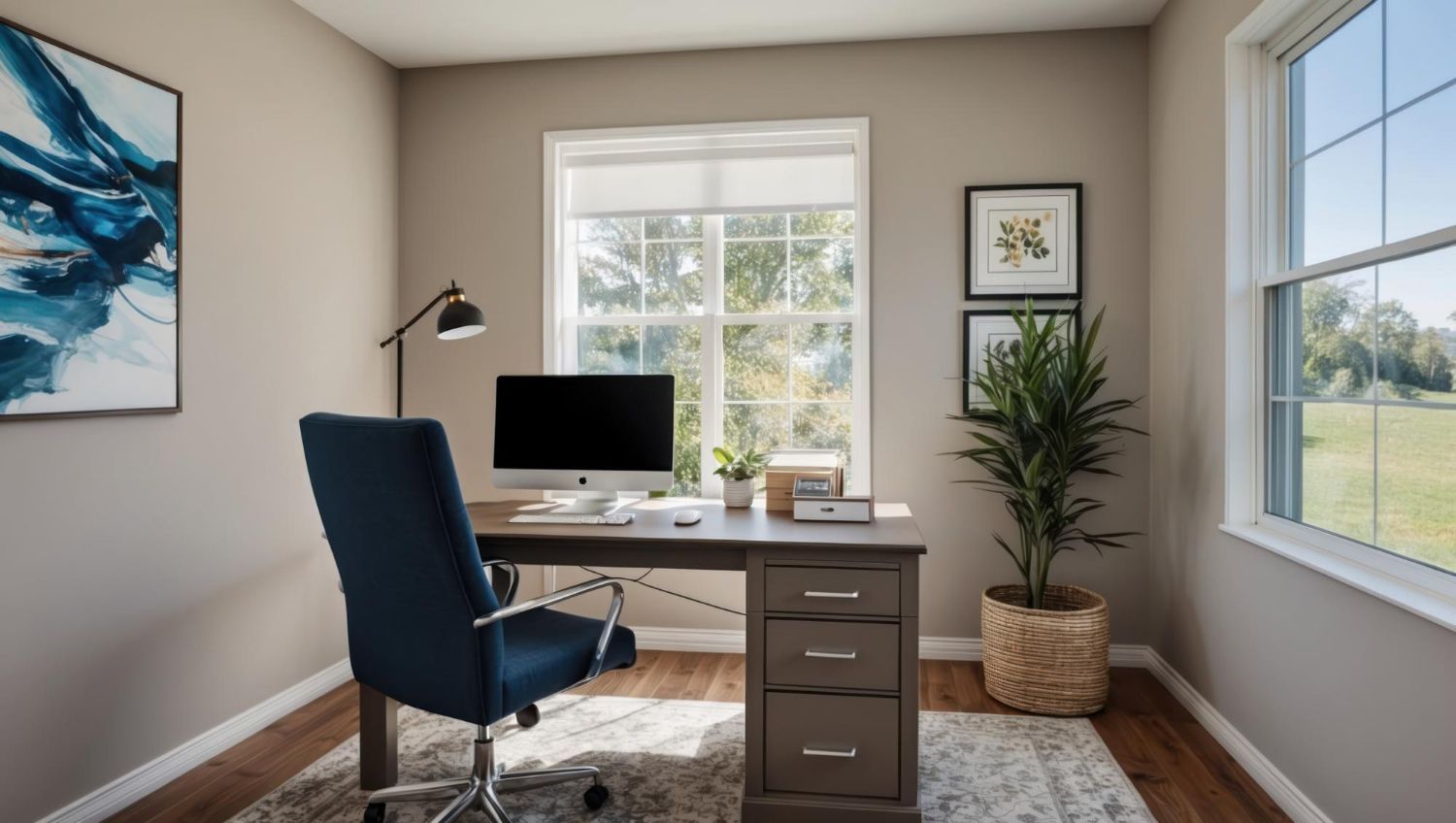541-815-0855
custom@mhbi.us
Boost Energy Efficiency in Your New Home

Building a new home provides a unique opportunity to incorporate the latest energy-efficient features. As we become more aware of our impact on the environment, enhancing energy efficiency is essential. Doing so not only reduces our carbon footprint but also lowers utility bills and improves overall comfort in the home.
One of the main areas to focus on is effective insulation. Proper insulation ensures that your home maintains a consistent temperature, reducing the need for excessive heating and cooling. This not only saves energy but also makes your living spaces more comfortable throughout the year.
Another crucial aspect is the selection of energy-efficient windows and doors. These elements play a significant role in preventing energy loss. By choosing the right materials and designs, we can minimize drafts and improve thermal performance. This leads to a more stable indoor environment and further energy savings.
Integrating renewable energy sources into home design is also a growing trend. Solar panels, wind turbines, and other renewable technologies can provide clean energy, reducing reliance on non-renewable sources. As we explore these options, it becomes clear how they can contribute to both sustainability and cost-effectiveness. Focusing on these key areas helps create homes that are efficient, eco-friendly, and geared towards a sustainable future.
The Importance of Energy Efficiency in New Homes
Energy efficiency is crucial when building new homes. It helps to reduce energy consumption, which lowers utility bills and lessens environmental impact. A well-designed energy-efficient home maintains comfortable indoor temperatures, regardless of the weather outside. This stability makes it easier to enjoy and live in the space without constantly adjusting the thermostat.
Every part of the home, from the roof to the foundation, plays a role in energy efficiency. Proper insulation, energy-efficient windows, and doors keep the indoor environment stable. Efficient heating and cooling systems use less energy while maintaining comfort. Lighting and appliances that use less energy also contribute to the overall efficiency of the home.
Top Insulation Methods for Reducing Energy Loss
Ensuring that your new home is well-insulated is one of the most effective ways to prevent energy loss. Several insulation materials help achieve this goal. Fiberglass insulation, for example, is widely used and known for its excellent thermal performance. It's helpful in both walls and attics, where it can significantly reduce the loss of conditioned air.
Another effective method is spray foam insulation. This material expands upon application, filling gaps and creating a tight seal that prevents air leaks. Spray foam is perfect for attics, crawl spaces, and around windows and doors. Additionally, cellulose insulation, made from recycled paper products, offers an eco-friendly option that provides good thermal performance. Properly choosing and installing insulation materials ensures your home stays cozy while saving energy.
Installing Energy-Efficient Windows and Doors
Choosing the right windows and doors for your new home is essential for energy efficiency. Energy-efficient windows have multiple panes of glass, often filled with gas, providing better insulation than single-pane windows. Low-emissivity (Low-E) coatings on the glass help reduce heat transfer, keeping your home cooler in the summer and warmer in the winter. These features reduce the need for heating and cooling, saving energy and money.
Energy-efficient doors also play a crucial role. Insulated doors made from materials like steel or fiberglass offer better thermal resistance than traditional wood doors. Proper installation is key, as gaps and cracks around doors can let in drafts. Weatherstripping and caulking ensure a tight seal, preventing energy loss. By investing in quality doors and windows, we can create a more efficient, comfortable home.
Incorporating Renewable Energy Sources in Home Design
Integrating renewable energy sources is another way to make a home more energy-efficient. Solar panels are a popular choice, converting sunlight into electricity. They can be installed on the roof or on the ground, depending on the layout of your property. Solar energy can power various home systems, reducing reliance on non-renewable energy sources and lowering utility bills.
Wind turbines are another option for generating clean energy. They can be installed on properties with enough space and consistent wind flow. Geothermal systems, which use heat from the earth, provide efficient heating and cooling for your home. These renewable energy options reduce environmental impact and energy costs, creating a more sustainable and efficient living space.
Conclusion
Improving energy efficiency in new homes is vital for sustainability and cost savings. It starts with good insulation, energy-efficient windows and doors, and integrating renewable energy sources. Each element works together to make a home more comfortable and environmentally friendly. By focusing on these aspects, we create homes that use less energy and contribute to a greener future.
If you’re planning to build a home and want to incorporate energy-efficient features, reach out to Mountain High Builders,
custom home builders in Oregon. We can help you design and build a home that saves energy and meets your specific needs. Let's work together to create a better, more sustainable living space.
Are you planning to renovate your home?

Mountain High Builders strives to build exceptional homes for our clients, alongside strong relationships that last a lifetime.
Contact us
Phone: 541-815-0855
Email: custom@mhbi.us
Address: Square Loop, 1012 SE
Cleveland Ave #5, Bend, OR 97702
Menu
All Rights Reserved |
All Rights Reserved | Mountain High Builders


